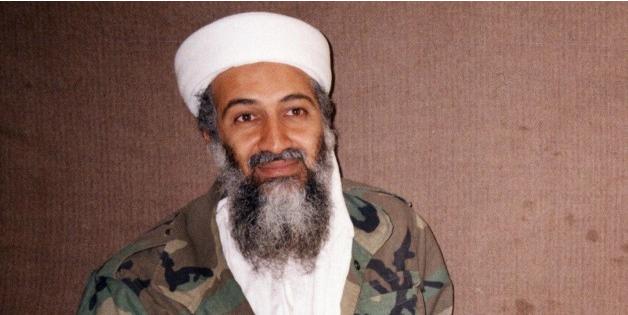
Maybe - but the Obama administration had better be saving some evidence.
U.S. officials have told various news sources that CIA facial-recognition technology was used to identify bin Laden, and that his wife - apparently also killed in the attack - called him by name during the firefight that ended his life.
But they say that DNA was the final piece of evidence.
Rep. Mike Rogers, R-Mich., chairman of the House Intelligence Committee told the AP that more than one DNA sample was used to identify bin Laden.
One problem - whose DNA did they compare it to?
According to several reports, U.S. intelligence experts have been collecting DNA from Osama's many relatives for years. Hospital officials in Boston have been unable to confirm reports that one source of DNA was bin Laden's half-sister, who allegedly died of brain cancer at a Harvard-affiliated hospital.
Bin Laden had plenty of half-brothers and half-sisters to offer DNA samples. He was the 17th child of Mohammed bin Awad bin Laden, who had 54 children with 22 wives. Bin Laden's father died when he was 10.
The FBI has lots of ways to use DNA fingerprinting to identify culprits.
It can be done in hours using what is called PCR, or polymerase chain reaction, to amplify the tiny bits of DNA and then look for a specific part of the genetic code called short tandem repeats.
Although human beings share 99.9 percent of their DNA, these short tandem repeats, or STRs, tend to be very different from one person to another. The United States uses an agreed-upon set of 13 places for STRs in the genome, and the odds that two individuals will have the same DNA profile are about one in a billion, according to the Energy Department lab taking part in the Human Genome Project.
But does the government have earlier DNA that, for certain, came from bin Laden? Not likely, and so the next-best source is a sibling.
And in that case, says Stephen Quake, a Howard Hughes Medical Institute professor of applied physics and bioengineering at Stanford University, all the DNA analysis will say for sure is that the dead person is one of the many sons of Osama bin Laden's father.
One factor could make things easier: Osama bin Laden was the only child whom his mother, Alia Ghanem, had with his father. That could make it easier to triangulate any tissue samples with samples from half-siblings.
It is not an exact science, however. DNA was used to establish that Thomas Jefferson was related to the descendants of his former slave, Sally Hemings. In that case the Y chromosome, which is passed down with very little change from father to son over the generations, was used. But all that the DNA indicated in the end was that descendants of Jefferson's paternal uncle have the same Y chromosome as a male-line descendant of Eston Hemings, the youngest son of Sally Hemings. The research could never finger Jefferson individually with complete accuracy.
"You are still dealing with probabilities," Quake said.
The best bet, Quake said, will be whole-genome analysis, which takes a week or more using current technology and will produce a complete map of the corpse's DNA.
"They got the sample, Quake said. "They can take as much time as they want to do the analysis."
If bin Laden's mother, now known as Hamida al-Attas, could be persuaded to give some of her DNA, that might provide compelling evidence. She was last reported to be living in Saudi Arabia, and ABC News reported that U.S. officials had asked bin Laden's relatives for DNA samples after they thought they might have killed him in a missile strike last February.
The White House says that bin Laden was buried at sea. One can only hope they kept some tissue and blood samples to back up the DNA claims.



Now, they don't Even HAVE Osama's actual "pre-assassination" DNA for comparison (OR "post-assassination" PHOTOS, either)!? ONLY the 99.9% GULLIBLE 'Minority' could believe this Obamanible Bushit!